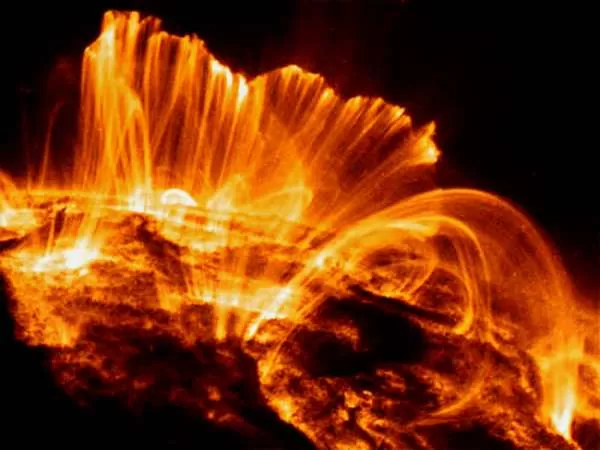In 2013 a wave of media frenzy erupted over the potential for a catastrophic solar storm to cripple Earth’s infrastructure. The prospect of a massive solar flare knocking out power grids, disrupting communications, and plunging the world into chaos captured the public’s imagination. But how real was this threat?
The concern stemmed from the Sun’s 11-year activity cycle. Scientists predicted a peak in solar activity around 2013, increasing the likelihood of powerful solar flares. These flares can release immense amounts of energy, potentially disrupting Earth’s magnetic field and causing geomagnetic storms.
A particularly infamous event, the Carrington Event of 1859, demonstrated the potential severity of such storms. This massive solar flare caused widespread telegraph failures and auroras visible as far south as the Caribbean.
However, while the threat is real, it’s essential to maintain perspective. Not all solar flares are created equal, and the likelihood of a Carrington-level event occurring in any given year is relatively low. Moreover, significant advancements in technology and our understanding of solar storms have improved our ability to predict and mitigate their effects.
It’s important to note that the Sun has been unusually quiet in recent years, which could potentially lead to a more powerful solar cycle in the future. This doesn’t mean a catastrophic event is imminent, but it does highlight the need for continued monitoring and preparedness.
Space agencies like NASA are actively studying solar activity and developing strategies to protect critical infrastructure. These efforts include improving our ability to predict solar storms, designing more resilient power grids, and developing technologies to shield satellites from harmful radiation.
While the possibility of a devastating solar storm cannot be entirely dismissed, it’s crucial to avoid sensationalism and alarmism. By understanding the risks and taking proactive measures, we can mitigate the potential impacts and ensure our continued reliance on technology.

